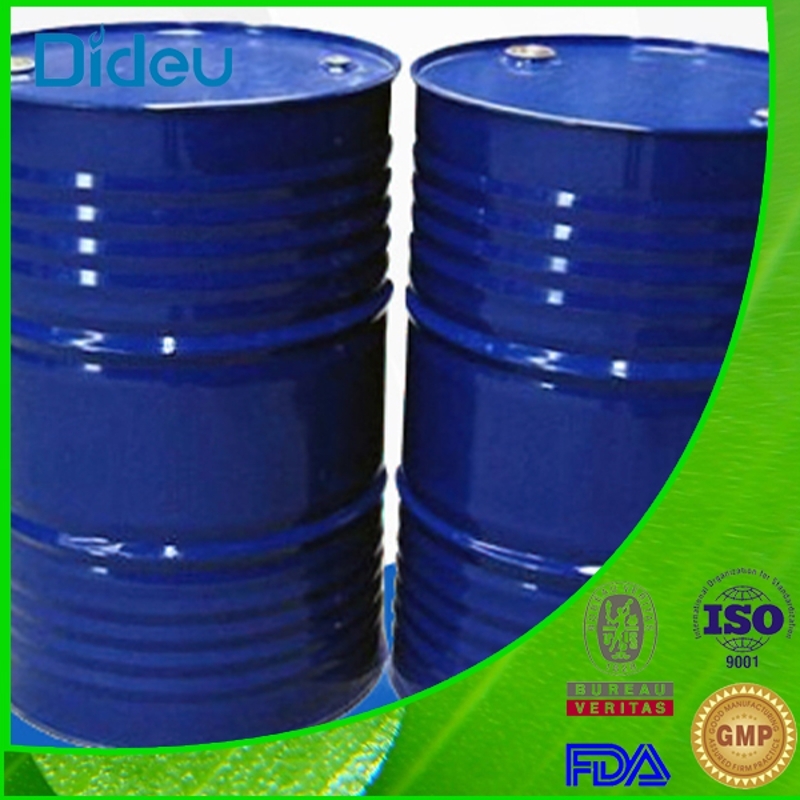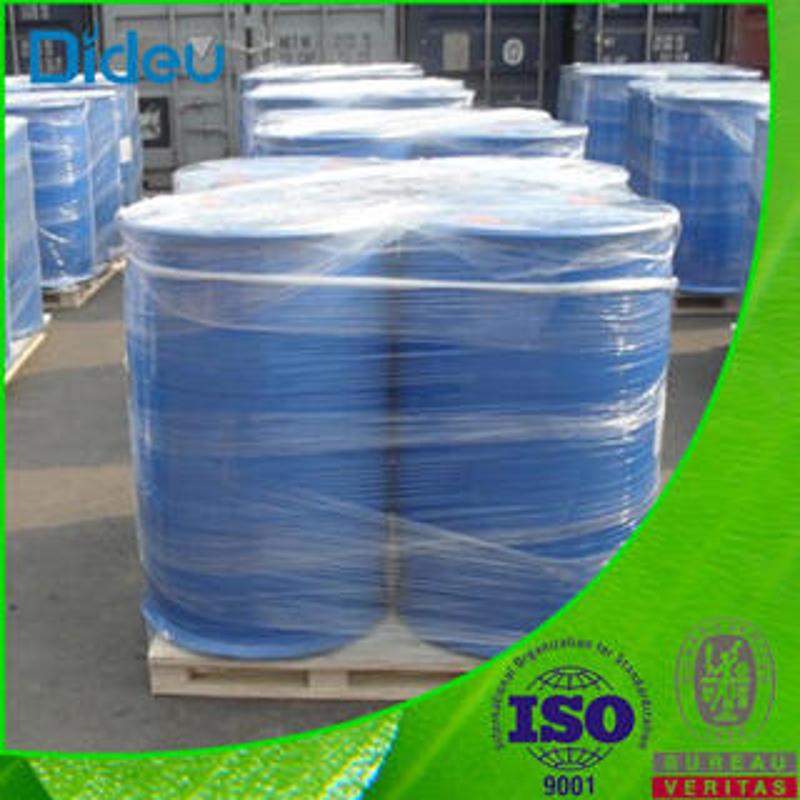-
Categories
-
Pharmaceutical Intermediates
-
Active Pharmaceutical Ingredients
-
Food Additives
- Industrial Coatings
- Agrochemicals
- Dyes and Pigments
- Surfactant
- Flavors and Fragrances
- Chemical Reagents
- Catalyst and Auxiliary
- Natural Products
- Inorganic Chemistry
-
Organic Chemistry
-
Biochemical Engineering
- Analytical Chemistry
-
Cosmetic Ingredient
- Water Treatment Chemical
-
Pharmaceutical Intermediates
Promotion
ECHEMI Mall
Wholesale
Weekly Price
Exhibition
News
-
Trade Service
2.2
hardness is an important physical index of mineral fillers, which directly affects the mechanical properties of the final coating. Figure 4 shows the Mohs hardness index of the different fillers. Mo's hardness is a standard for representing mineral hardness, using the inscription method to carve the surface of the mineral under test with a pyramid-shaped diamond needle, measuring the depth of the scratches to indicate Mo's hardness. The most hard fillers are silicon dioxide, especially quartz-shaped crystalline silica, which can reach about 7. High hardness fillers improve the hardness, wear resistance and scratch resistance of the coating film. The hardness of long stone powder and silica ash is slightly less than that of silica, which can be reasonably replaced. On the contrary, talcum powder and kaolin have a lower hardness, giving the coating film a better polishing.2.3 suction value
the suction value is also known as resin adsorption, indicating an index of the amount of resin absorbed by the filler. In practice, most fillers use the oil absorption value as an indicator to roughly predict the demand of fillers for resin. The suction value is usually expressed in the quality of the flax oil required for 100 g pigment fillers, i.e. the minimum amount of oil used for every 100 g pigment when it reaches full wetting. Table 3 lists the suction values and density sizes of the various fillers.the absorbent value of the filler reflects the combined effects of many of its physical properties, such as particle shape, particle size distribution, and surface area. The finer the particles in the filler, the larger the surface area, the narrower the distribution, and the higher the oil absorption value. Because of the large clearance rate between needle particles, the oil absorption value is usually higher than that of sperical particles. There is also a certain relationship between the oil absorption value and the density of the powder, the greater the density of the powder, the lower the general oil absorption value, such as radon sulfate and titanium dioxide absorption value is relatively low. In addition, an important parameter in the coating is also closely related to the suction value, i.e. critical pigment volume concentration (CPVC).
in the vicinity of CPVC, the properties of coatings change dramatically and are often used as reference values for formulation design. In solvent-based systems, the relationship between CPVC and the suction value can be expressed as CPVC s 1 / s1 s (OA x r)/93.5), where OA represents the oil absorption value of the pigment and r represents the pigment density. The higher the suction value, the lower the CPVC. In the water-based system, because in the process of film formation, the base particles and pigment particles together form a close accumulation, the base particle deformation and form a continuous coating film, so CPVC is also closely related to the nature of emulsion, can not be simply calculated by the above formula. However, regardless of the system, the oil absorption value is an important factor affecting the coating CPVC, so it also has a direct impact on the performance of the coating film.2.4 long diameter ratio
as mentioned earlier, fillers can be expressed in three basic shapes. Block fillers such as calcium carbonate, longstone powder and macaroni; layered fillers such as talcum powder, mica powder and kaolin; and needle fillers such as silica ash. For laminular and needle particles, the long diameter ratio can be further indicated using the long diameter ratio, as shown in Figure 5, the long diameter ratio of the needle particle is the ratio of the average length of the particle L to the average diameter D. For layered particles, the long diameter ratio is the ratio of the average diameter of the isosphere circle D to the average thickness of the layer. The high diameter is better than the layered filler barrier effect. The long diameter ratio of most fillers is in the lower range (less than 10), while the long diameter ratio of silica ash can reach 13 to 15.Although fillers with small particle size and high ratio surface area help to improve the durability of the coating film, they also increase the amount of resin used and reduce the level of CPVC, so the amount of such fillers is limited. The reinforcement of the coating film and the balance of the amount of resin can be controlled by the combination of fillers. For example, silica ash can be used as an alternative to laminated silicates because its needle-like structure provides good mechanical properties while still providing high dosing. As shown in Figure 6, particles with a high diameter ratio tend to accumulate in a stacked manner, resulting in more clearances, so choosing a needle-shaped or layered high-diameter ratio filler with a wider particle distribution can fill these gaps and replace the resin, thereby increasing CPVC without sacrificing the mechanical strength of the coating film. For particles with narrow particle distribution of high-length diameter ratio fillers, can be paired with fine particle size block fillers, such as calcium carbonate, etc., can achieve the same purpose.3 Progress in the study of fillers in coatings
Fillers play a supporting role in coatings, giving the coating film a certain degree of technical properties, but also to regulate the fluidity and optical properties of coatings. Therefore, fillers are widely studied in a variety of coating systems.
, Kangsbo and so on selected long stone powder, aluminum tripophosphate and mica powder as the main pigment fillers, prepared to obtain low-temperature cured solvent-free epoxy heavy anti-corrosion coating. Among them, long stone powder can improve the flexibility of the coating, increase the penetration performance of the medium, mica powder has excellent heat resistance and elasticity, enhance the mechanical properties of the coating and resistance to high and low temperature cross-change. Wu Linlin and others compared the effects of calcium carbonate, silica ash, kaolin, aluminum hydroxide and talcum powder on the insulation effect of fire-resistant coatings, the quality of carbon layer and the height of expansion. The results show that the role of kaolin and talcum powder is the same as that of silica ash, but the performance is not as good as that of silica ash, and calcium carbonate is not suitable for application in fire protection coatings. The effect of silica ash and aluminum hydroxide is better, silica ash has a skeleton effect, and aluminum hydroxide has a smoke suppression and cooling effect. Comparing the application of kaolin and calcium carbonate in latex paint, Igwebike-Ossi and others show that kaolin has better cover, anti-sinking and brushing than calcium carbonate system. Zhang Xinyu studied the effect of fillers on the extrusion performance of waterproof coatings in polymer emulsion buildings, and found that the coating strength of waterproof coatings prepared with precipitated sulphate as fillers was low, while the softness of waterproof coating coatings prepared with kaolin as fillers was poor. This is because when the filler suction value is high, the polymer emulsion is dispersed phase, the filler is continuous phase, the coating film
rigid. With quartz powder or heavy calcium as a filler, a polymer emulsion building waterproof coating with a fracture elongation rate and a large stretch strength performance can be used. Liang Zhenxuan and others studied the effect of filler type on the permeable rate of latex paint on high PVC exterior walls. The results showed that calcium carbonate, which had a low oil absorption, could accumulate more closely in the coating film, have fewer pores and have better permeability. Kaolin, mica and silica graystone improve the pore rate of the coating film and make the permeability of the coating film deteriorate sharply.
addition, nano-processing of fillers is also a hot topic in current research. In powder coatings, the introduction of nano-calcium carbonate can reduce the density of powder coatings, improve the spray area, while having good charge performance, improve the powder rate of powder coatings. However, the particle surface of the nanofiller can be high, in a state of thermodynamic instability, easy to reunite. And because of the high polarity, nanofillers are difficult to disperse in organic media, easy to form surface defects, resulting in a decrease in coating performance. Therefore, the surface treatment of the filler is very important, that is, the surface of the filler particles to form a certain thickness of inormerable or polymer film. This surface treatment regulates the acid-base balance and surface hydrophobicity of the filler, thereby reducing the appeoration between filler particles and improving the abrasive dispersion in the coating.4 Future trends
in the future, the research and development of inorient fillers in the field of coatings will be carried out mainly from three aspects, namely, stable, functional and environment-friendly. For stable filler development, one is the need to strictly control the differences between batches from the production link to ensure the stability of downstream coating products, and the other needs to combine different coating systems and application sites to improve the quality stability of the filler itself. For example, outdoor coatings need to consider the application of surface bread film technology from the perspective of weather resistance and chemical stability. In fire-resistant coatings, treatment methods such as ultra-fine refinement, high purification or composite technology can improve the thermal stability of fillers. For functional fillers, in the field of architectural coatings, the whiteness of the fillers is improved through the screening of raw ore and the optimization of the production process, and the optimal particle size and distribution are obtained from the perspective of coating cover force. In the field of industrial protective coatings, the contribution of filler acid, alkali, salt spray and scratch resistance is realized, such as the use of high diameter than flaky filler barrier structure characteristics to make the coating film better protected. The continuous upgrading of environmental regulations has also led to a shift in the direction of fillers to environmentally friendly, traditional fillers containing asbestos and heavy metals will be abandoned, in addition, the replacement of the high energy consumption of titanium dioxide is also an important direction for future filler development, so as to achieve low carbon emissions, sustainable development of new ways.5 Conclusion
with the continuous development of coating technology, the performance requirements for its various parts are also increasing. For the use of inorder fillers, not only as a supporting skeleton for coating, but also as a contribution to the performance of coating. Therefore, it is very important to understand the mineralogy characteristics of inorder fillers and to seek the purpose of rational and efficient utilization..






